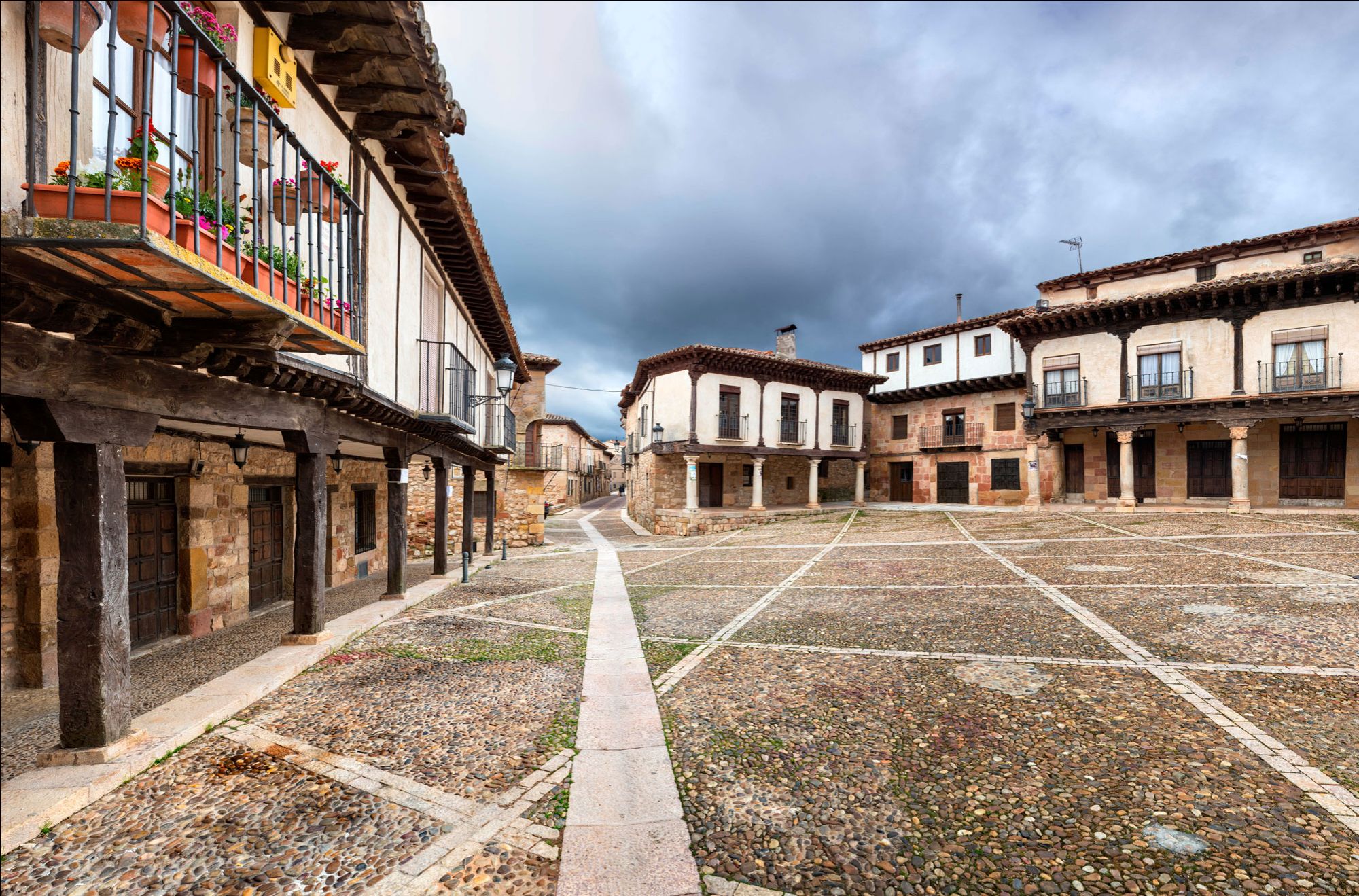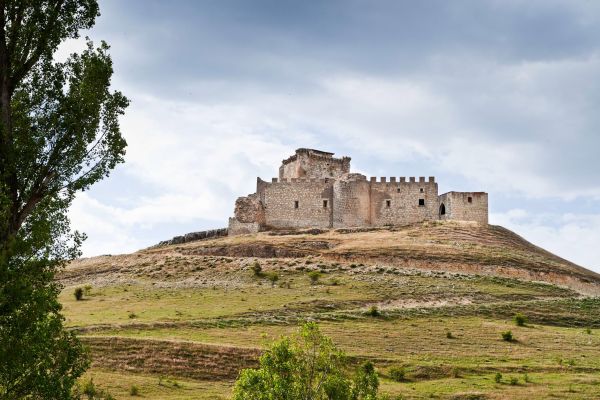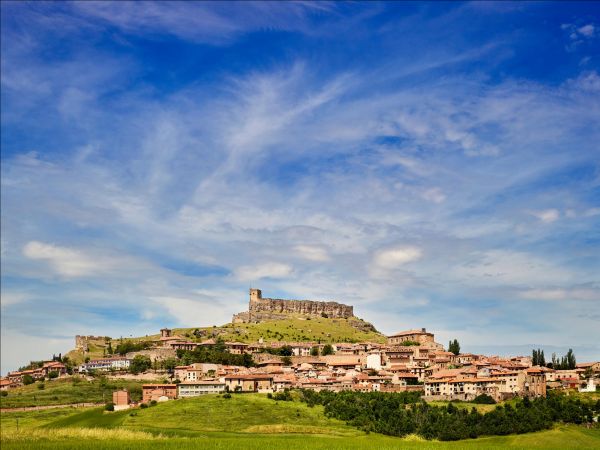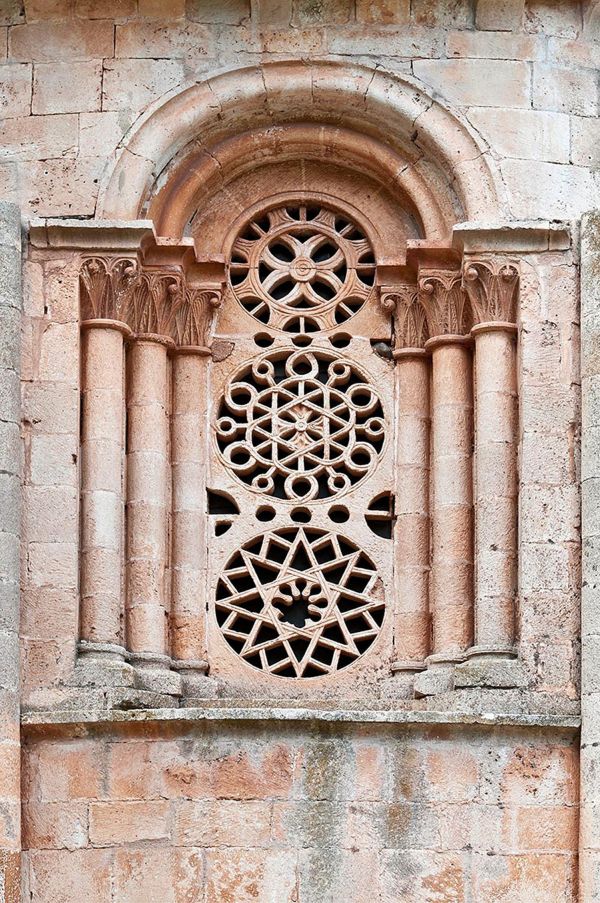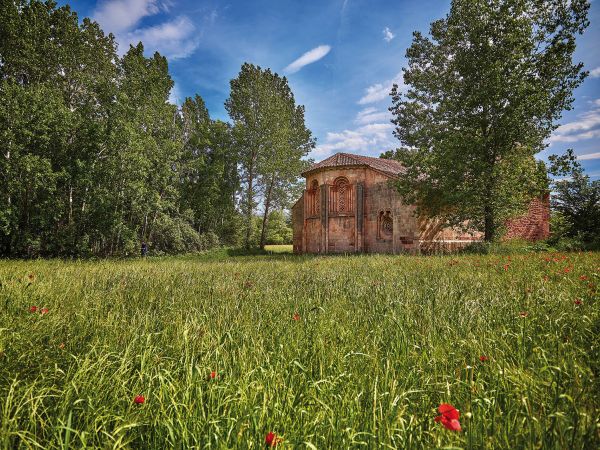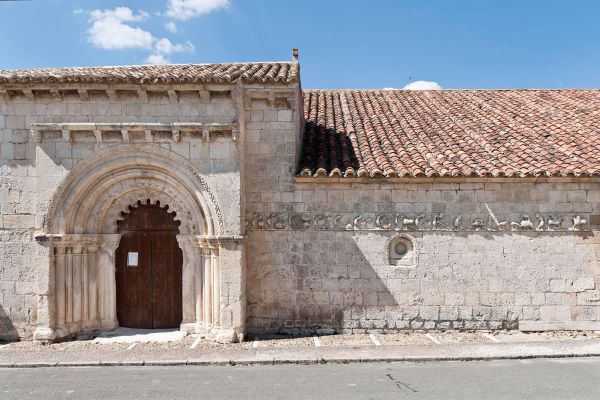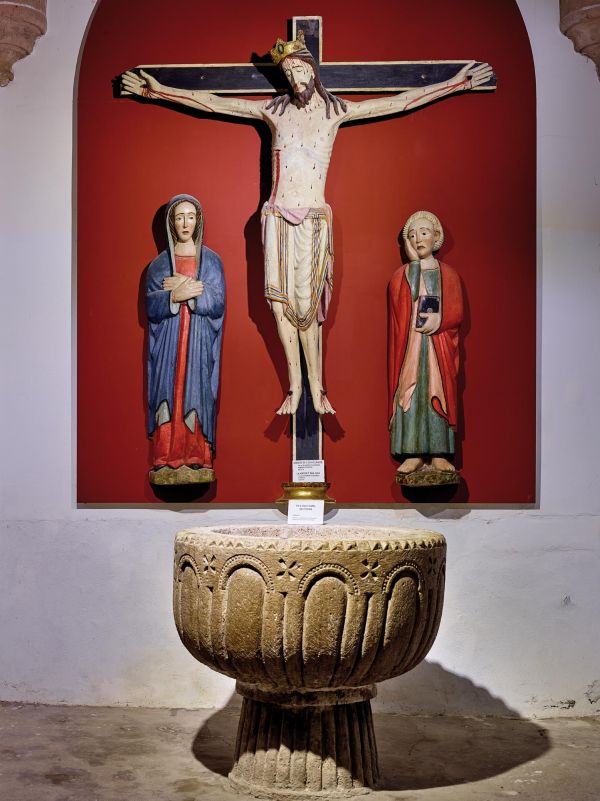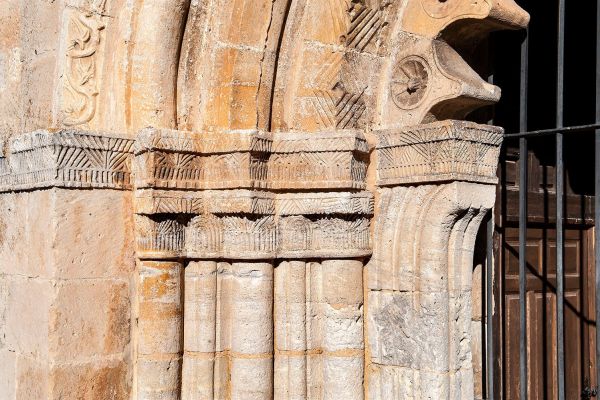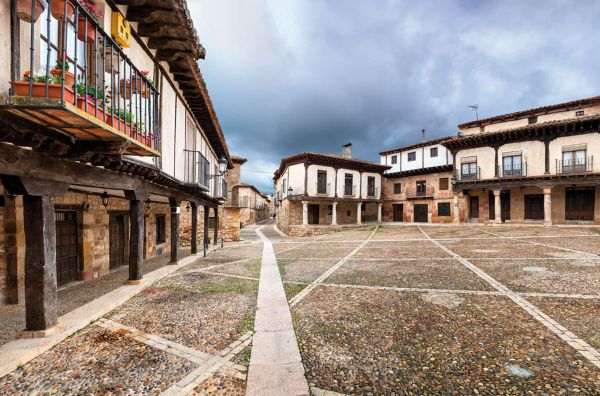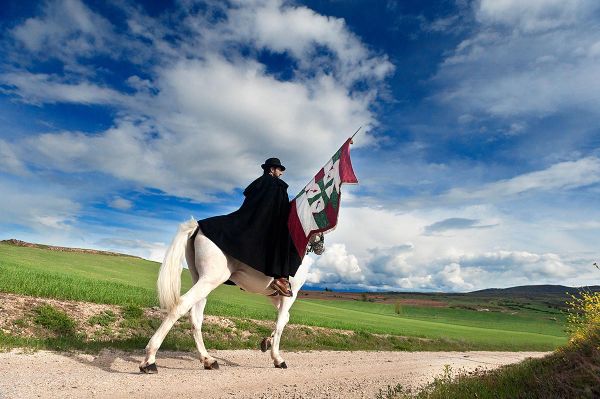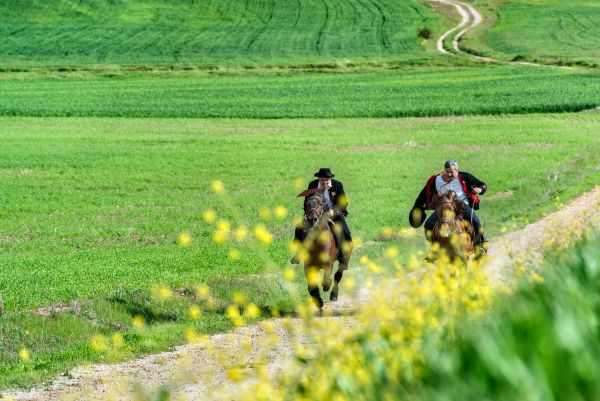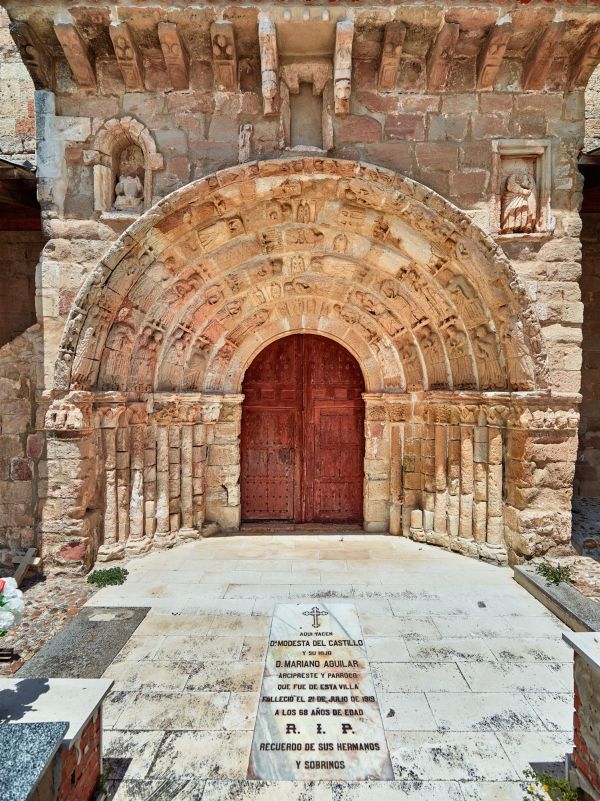The Romanesque Atienza and Sierra de Pela
Guadalajara
Sierra de Pela, in the north-east of Guadalajara province, has landscape with vast highlands featuring small mountain villages home to beautiful Roman temples that have been recovered in recent decades and now shine in all their splendour.
These churches and chapels have become a must for art lovers, and a real attraction for travellers. In addition to the original wealth of these temples, the beauty of their small towns and remote villages, visitors will enjoy, along these roads, stunning natural scenery.
The rocky hill with the castle perched on top is visible well before reaching the gates of Atienza. The starting point of our journey is one of the most beautiful towns of all Guadalajara, with a fantastic monumental complex and the crossroads of important routes such as el Cid, the Rural Roman roads or Don Quixote’s journey. The high walls of the urban centre served to house up to 14 Roman temples in this medieval town. Now, a trip to Atienza allows us to discover beautiful doorways, porticos, apses and arches in up to five of its churches: Santísima Trinidad, Santa María del Rey, San Bartolomé, San Gil and Santa María del Val, the latter in the outskirts of the town is along simple lines with humble beauty, and a beautiful doorway.
We go up to the castle, located in the highest part of the town. Used by the Celtiberians and then by the Arabs who built a strong citadel, it was reformed by the Christians after the Reconquest. During the Middle Age, it changed hands several times between the 9th and 11th centuries. It was occupied by Alfonso III, byAlmanzor and by Sancho García, before finally being taken by Alfonso I of Aragón, King Consort of Castile following his marriage to Urraca I. It is mentioned inThe Poem of the Cid, being referred to as “very strong fort”.
A visit to the Museum of the Holy Trinity is highly recommended. A magnificent exhibition of religious art can be enjoyed inside. A stroll through its streets reveals corners such as the Trigo square, a fine example of a Castilian square, or Spain Square, with its triangular form and the 18th century fountain with dolphins. Its most noteworthy buildings include the Museums of Atienza.
The Pela mountain range is also home to other Roman temples that visitors shouldn’t miss. Heading north, already near Soria, we can visit the churches of Romanillos de Atienza, and of Our Lady of the Nativity, in the small highland town of Hijes.
Heading west, on the slopes and peaks of the distant mountains, snowy during winter months, we pass by the beautiful Laguna de Somolinos before reaching Campisábalos, where we’ll find the church of St. Bartholomew with the San Galindo chapel and its unique horizontal frieze representing the iconography of the months of the year in terms of farming.
Our journey continues towards the Church of St. Peter in the abandoned town of Villacadmina, very near Cantalojas.
We stop for a while in Galve del Sorbe to visit the impressive castle, noteworthy due to its large watchtower, its great architectural wealth and its commanding view of the Sorbe valley and Pela mountain range. Its interior has five storeys, with a large chimney in the third level, and masonry vault on the fourth. Galve was owned by the Prince Don Juan Manuel, who built this primitive castle atop a Muslim fortress. In the 15th century, it became the property of Diego López de Estúñiga, and in the 16th century, of Baltasar Gastón de Mendoza, the first count of Galve. In the 18th century, it changed hands again and was owned by the dukes of Alba, who retain the titles of the counts of Galve.
Our next stop takes us to the church of Santa Coloma de Albendiego, one of the most imposing from the Roman times in Guadalajara and located in a beautiful environment; its exquisite chancel and main apse interior are particularly noteworthy, and the large windows filter the sun’s rays, creating a beautiful play of light. Near the town, on Mount Alto Rey, we find the Chapel of Christ the King, an important destination for pilgrimages, and the chapels of La Soledad and San Roque.
Exploring the Caballada de Atienza horse festival is a pleasant experience, a Festival of National Tourist Interest held on Pentecost Sunday.
May also be of interest to you
Castilla-La Mancha Tourism in 2023. All rights reserved.
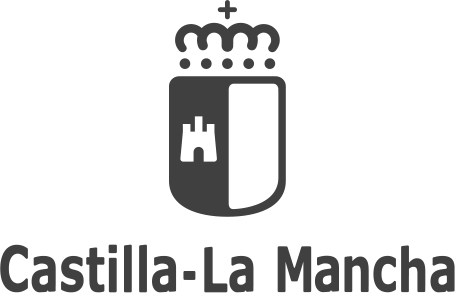
 365
365
